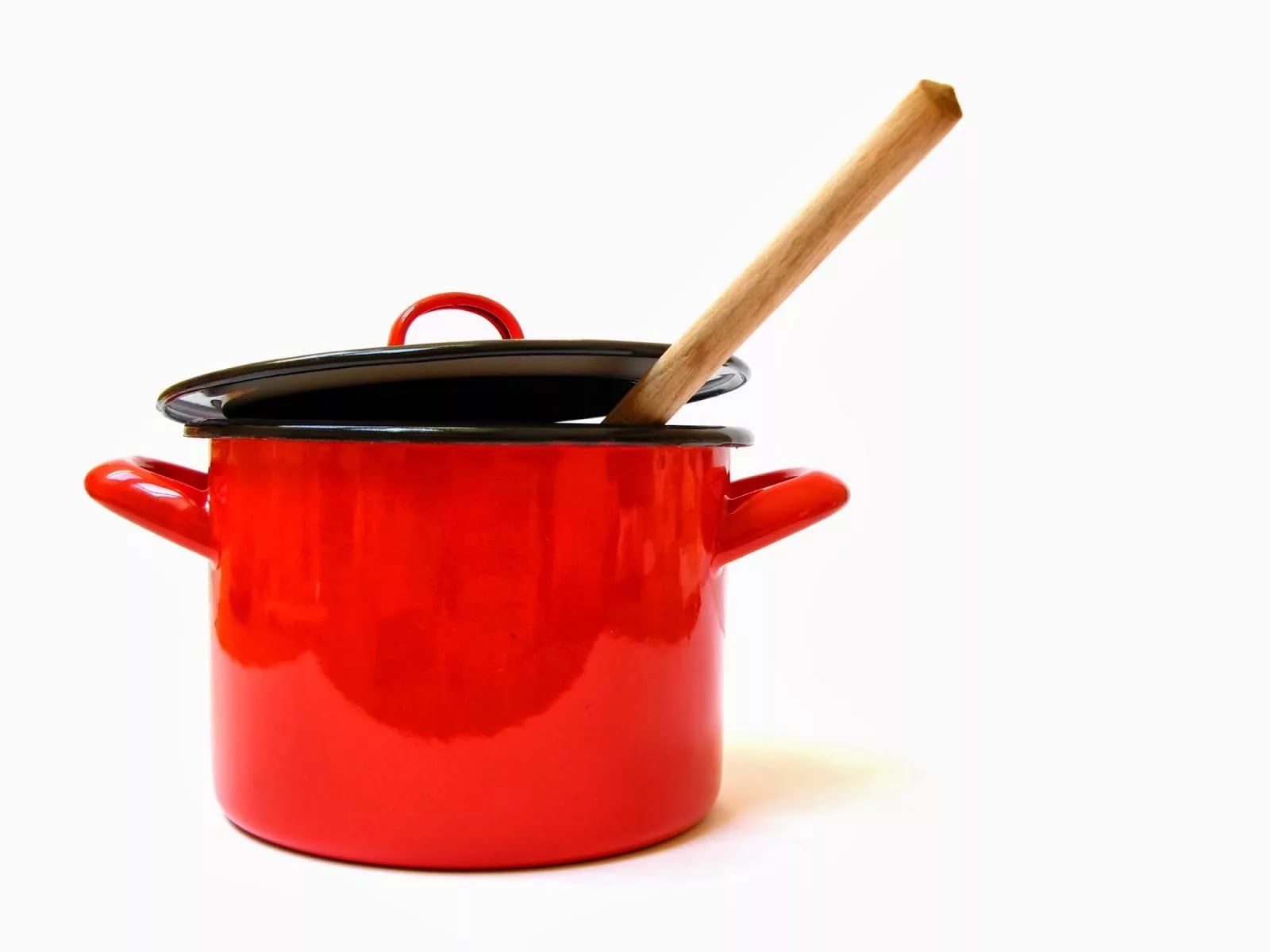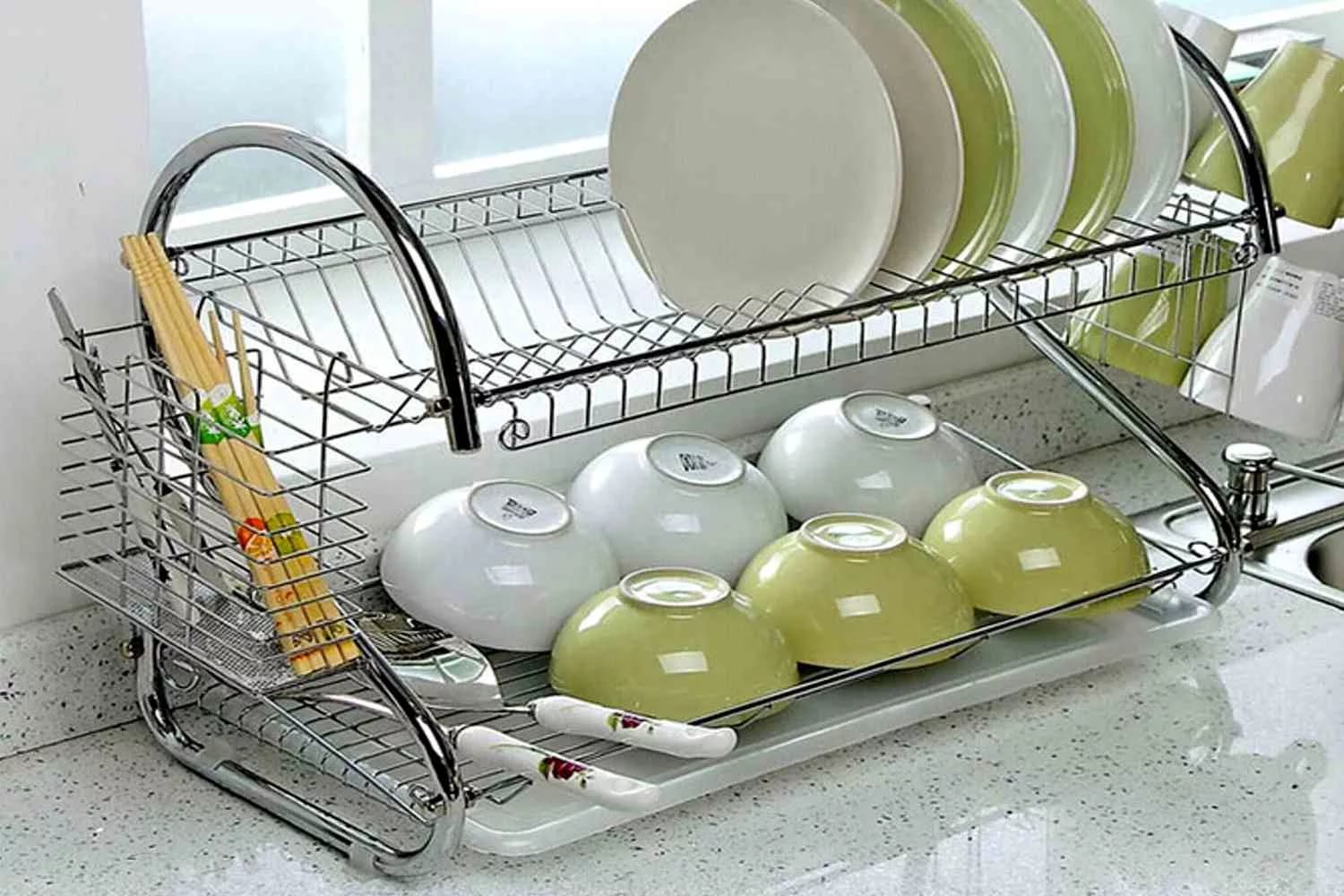How to fry and not spoil it: mistakes of the housewife, not the frying pan
Tell me, can you cook meat so that it is completely cooked inside? To have a delicious crispy crust, but without “charcoal”? If not, don't worry! You can learn how to use a frying pan correctly. We will tell you how to fry a dish so that everyone will like it.

The content of the article
Frying without errors
Let's start with the basics: choose a frying pan that won't ruin your food or your mood.
Choosing the “right” dishes
Nowadays, almost all frying pans are produced with non-stick coating. The main advantage of such products is that they can be fried without oil.
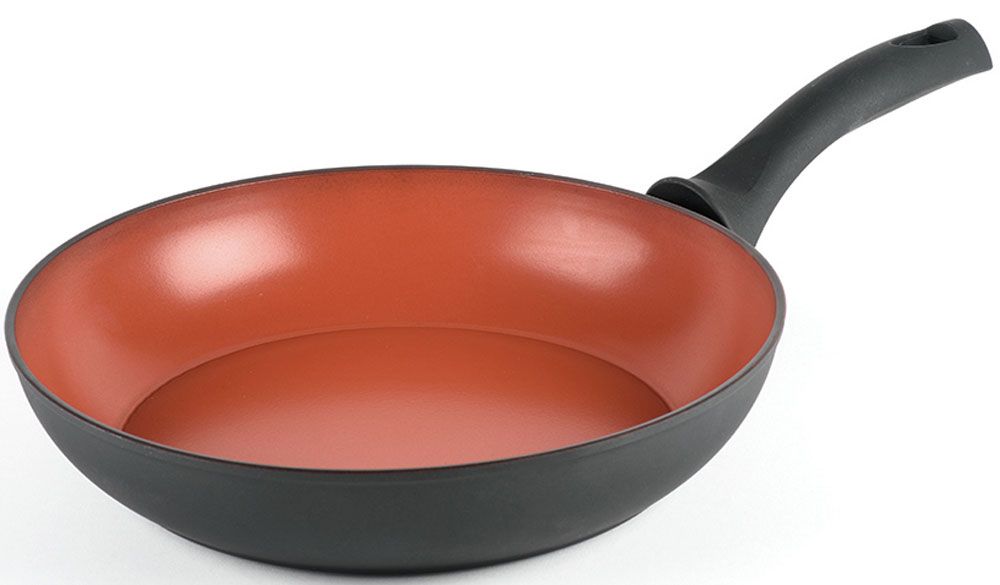
Important! Cooking without oil and fat is beneficial, as it reduces the calorie content of the dish and the content of “bad” cholesterol.
Once popular frying pans Teflon coated They are also used in some kitchens. If they were covered with high-quality Teflon and were well preserved, you can use such dishes.
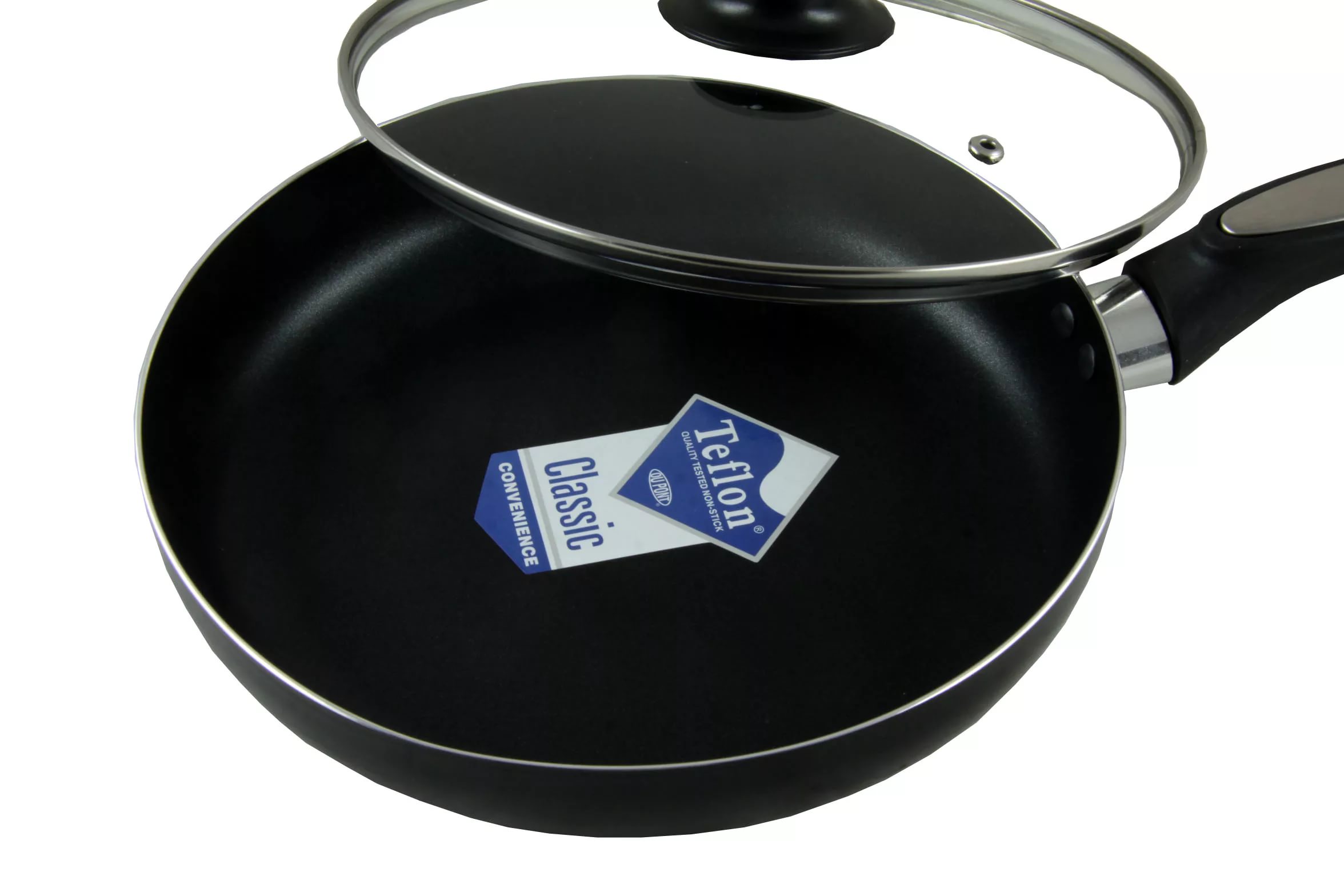
Attention! Handle Teflon-coated pans with care. To avoid damaging the non-stick coating, stir ingredients only with a silicone, nylon or wooden spatula.
It is impossible not to mention the usual cast iron dishes Such products, although quite heavy, are practical and convenient.
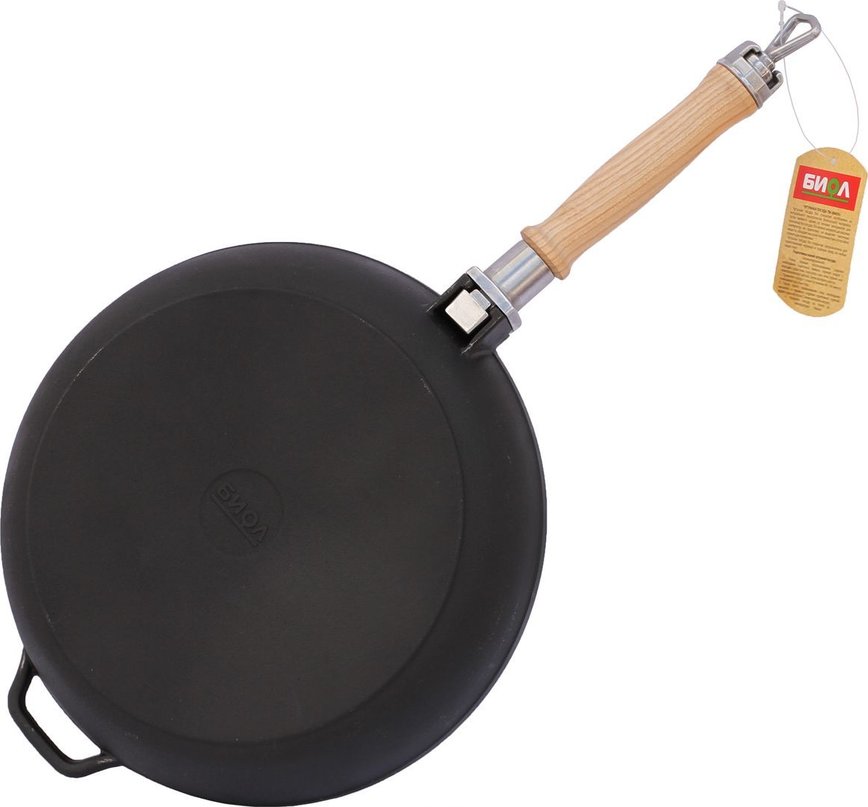
And steak lovers will need Grill pan.
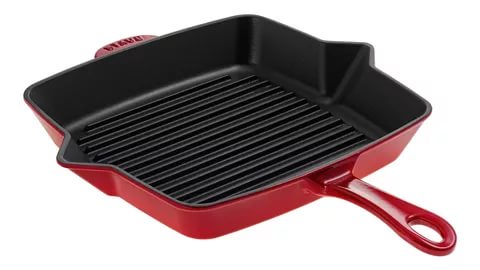
Temperature is important!
Professional chefs use a special temperature range. The choice of a specific indicator depends on the technology of preparing the dish and the desires of the housewife.
Boiling point of water
Everyone knows that water boils at 100° C - the figure is approximate, as it depends on atmospheric pressure. Moisture is contained in almost any product, so upon contact with oil, it will begin to actively evaporate. And here there is one important point that housewives should take into account.

- If you heat the dishes above 100°, then the oil will heat the water. That's why moisture from the product will begin to actively evaporate, which is what is required when frying.
- If the oil gets hot no higher than 100°, That water will evaporate slowly. Then it will not be frying, but stewing food in its own juice.
Maillard reaction temperature
The reaction was named after an experiment involving the dissolution of amino acids and sugars.
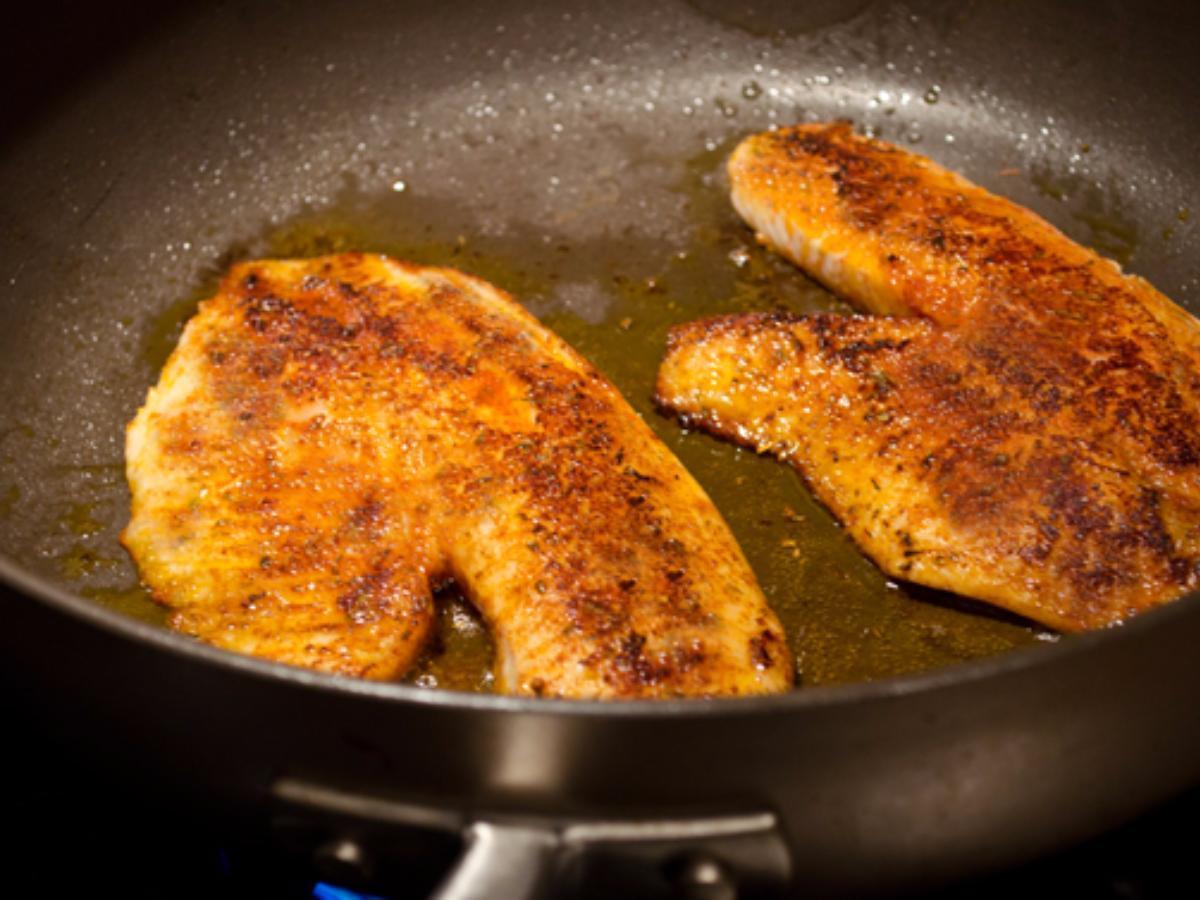
Reference! The experiment was carried out by the Frenchman Louis Camille Maillard. This reaction occurs at temperatures between 140 and 160° C.
Conversion of sugars and amino acids at this temperature gives a golden crispy crust.
Oil smoke point
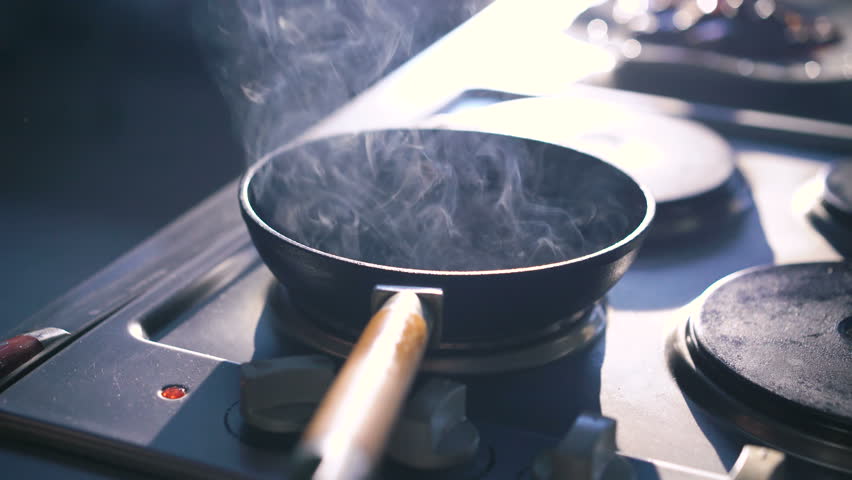
If the oil begins to smoke, you should not fry in it.!
Important! This is the critical temperature of the oil at which a change in its composition begins: carcinogens that can cause cancer begin to form.
If you neglected to look after the oil and found it smoking, you should immediately turn off the heat. This is necessary to prevent the oil from catching fire. After this, open the window for ventilation.
What to fry with?
Most often housewives use for frying vegetable oil (sunflower, corn, etc.). Its main advantages are accessibility and optimal cost.

Advice! For frying, buy refined vegetable oil, while unrefined oil is better suited for salad dressing.
In addition to vegetable oil, butter is used. But professionals recommend mix vegetable oil and butter. Their smoking point will coincide with the readiness of the product.
What to do to avoid spoiling the dish

Can
- Reduce heat if too much moisture comes out of the meat. actively. With high heat you will not shorten the time of frying meat, but rather burn it.
- Use grape seed oil when frying vegetables.
It is forbidden
- pour oil into a hot frying pan: upon contact with a hot frying pan, carcinogenic substances will form in the oil;
- Place frozen meat on a heated surface − it must be defrosted before frying;
- press down on the cutlets while frying; You can do this only once: when you put the cutlets in the pan. If you press after five minutes of frying, the juice from the meat will fall into the pan and boil - believe me, nothing good will come from this;
- add spices at the beginning of frying. This cannot be done because they will simply burn in hot oil. Therefore, they should be added towards the end of cooking.
These simple rules will help you achieve a “tasty” result.
How to prepare your frying pan for next use
Frying pans are not disposable utensils. This means that you need to take proper care of them so that there are no problems the next time you use them. The method of care depends on the type of dishes.
Non-stick coating
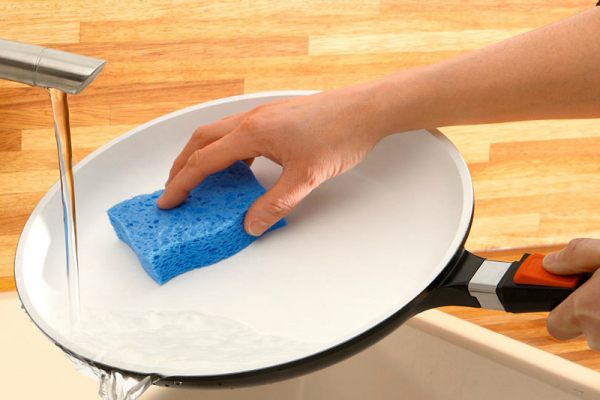
- Pour boiling water into the bowl and then add 2 tablespoons of 9% vinegar.
- Leave the dish with the lid closed for half an hour.
- Now you can drain the contaminated water. All food residues can be easily washed off with the soft side of a sponge and detergent.
Important! Do not use the abrasive side of the sponge to wash dishes - the non-stick coating may be damaged.
Without non-stick coating
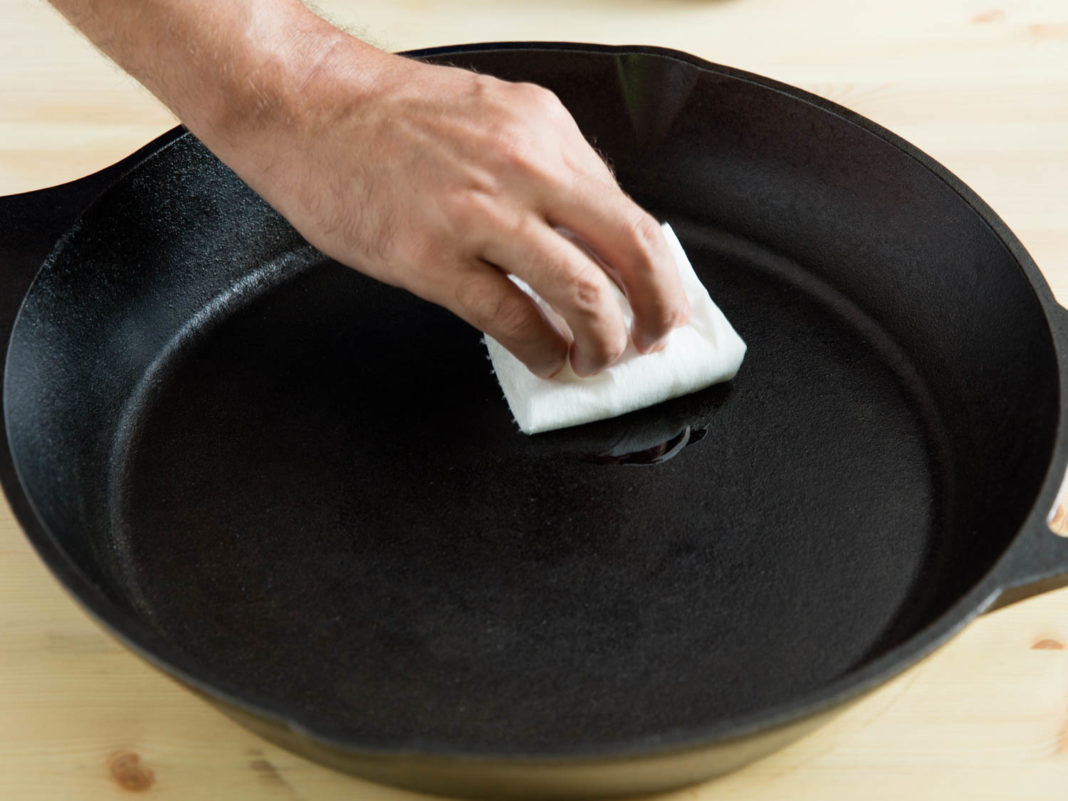
- Give the frying pan cool down after cooking and then wipe it with paper towels.
- Sponge and detergent remove all dirt.
- After that Wipe the pan with a dry microfiber cloth. It will absorb water and you will quickly dry the dishes.
Attention! You should not soak steel and cast iron frying pans for a long time in a soapy solution, as it promotes accelerated oxidation, and this will quickly cause the frying pan to become damaged.
Now you know how to fry properly. Good luck!




